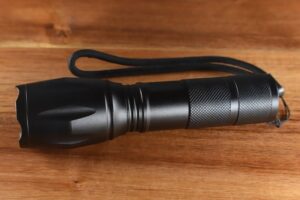When considering flashlights for home use, it's crucial to focus on models that offer energy efficiency, brightness adjustments, and durability to handle various environmental conditions. High-efficiency LED technology is key for saving power and extending battery life, with options like the Olight S10 Baton II and Streamlight ProTac HL USB standing out for their magnetic charging systems, versatile lighting modes, and robust construction. These flashlights are designed to provide reliable illumination during emergencies or everyday tasks without frequent battery changes, thanks to advancements in LED technology that offer brighter light per watt and lifespans exceeding 100,000 hours. Maintaining your flashlight by regular upkeep, using the correct batteries, and storing them properly will ensure they remain effective for extended periods. A strategic lighting plan that incorporates natural light during daytime and targeted LED lighting in the evenings, complemented by a reliable flashlight, can lead to significant energy savings and contribute to a more sustainable home environment. Flashlights for home use are an indispensable tool for maintaining energy efficiency and ensuring you have a dependable light source when it matters most.
Navigating the balance between illumination and energy conservation within the home is both an art and a science. As we seek sustainable living practices, the role of battery-efficient lights, particularly flashlights for home use, becomes increasingly pivotal. This article delves into the significance of energy efficiency in home lighting, exploring the benefits of relying on flashlights during power outages or as a supplementary lighting solution. We will dissect the key features that distinguish energy-saving flashlights from their less efficient counterparts, present top models tailored for domestic environments, and discuss how advancements in LED technology are revolutionizing battery efficiency. Furthermore, we’ll provide actionable strategies to extend the lifespan of your home flashlights and outline a comprehensive lighting plan designed to optimize energy savings. Join us as we shine a light on the practical and sustainable use of flashlights for home use.
- Understanding the Importance of Energy Efficiency in Home Lighting
- The Advantages of Using Flashlights for Home Use
- Key Features to Look for in Battery-Efficient Flashlights
- Top Flashlight Models Suitable for Domestic Settings
- Innovations in LED Technology and Their Impact on Battery Efficiency
- Strategies for Maximizing the Lifespan of Your Home Flashlights
- Creating a Comprehensive Lighting Plan for Energy Savings at Home
Understanding the Importance of Energy Efficiency in Home Lighting

The Advantages of Using Flashlights for Home Use
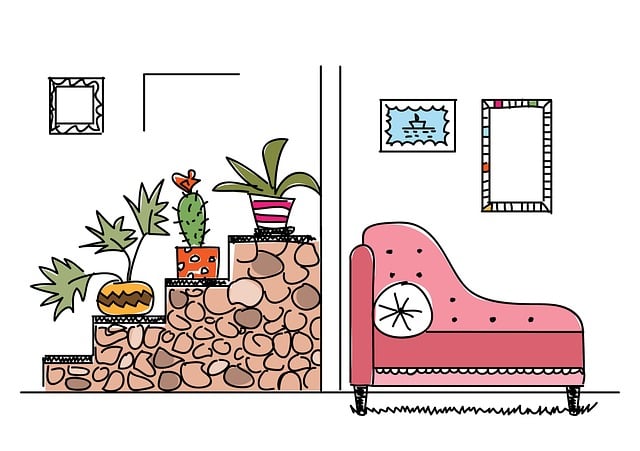
Flashlights have emerged as a versatile and indispensable tool for home use, offering several advantages that enhance both safety and convenience during power outages or when supplementing ambient lighting. One of the primary benefits is their portability; flashlights can be easily moved throughout a home, providing light exactly where it’s needed without being tethered to an electrical outlet. This mobility is particularly advantageous during emergencies, allowing homeowners to navigate safely in the dark without the risk of tripping over cords or dealing with the cumbersome setup of alternative lighting solutions.
Moreover, modern flashlights for home use are equipped with high-efficiency batteries and energy-saving LED technology, which significantly reduces electricity consumption compared to traditional lighting fixtures. This not only contributes to lower utility bills but also offers a sustainable option that aligns with eco-friendly practices. The durability of flashlights is another advantage; they are often built to withstand drops, water exposure, and rough handling, ensuring they remain reliable during unexpected events or regular use. With various brightness levels and beam types, these lighting tools can adapt to different scenarios, from close-up tasks that require a focused spotlight to wide-area illumination for general visibility. Flashlights also come with additional features such as rechargeable batteries, adjustable focal lengths, and even smart functionality like app integration or solar charging, further enhancing their utility and value for homeowners.
Key Features to Look for in Battery-Efficient Flashlights
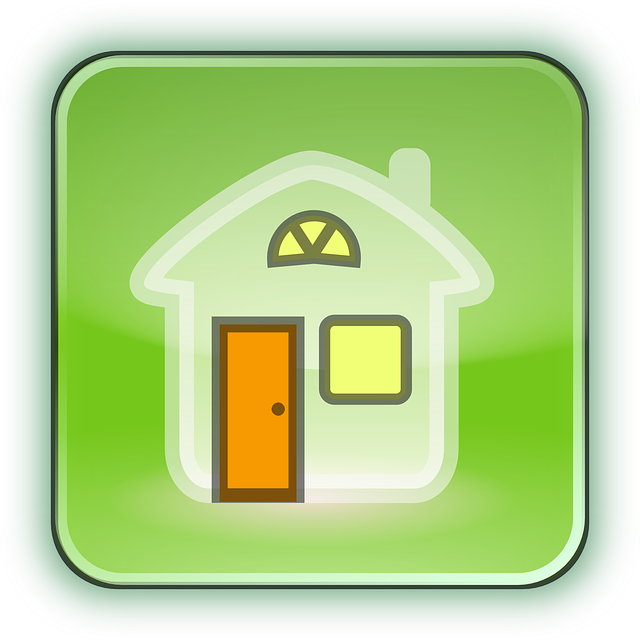
When selecting a battery-efficient flashlight for home use, it’s crucial to consider several key features that will ensure its effectiveness and efficiency during power outages or when navigating through dark spaces. Firstly, lumens output is a significant factor; higher lumens equate to brighter light, but energy consumption increases with higher lumens. Therefore, opt for flashlights that offer adjustable brightness settings to conserve battery life when full intensity isn’t necessary. Secondly, battery type and capacity are pivotal for long-term use. Rechargeable lithium-ion batteries, for instance, provide longer runtimes compared to alkaline batteries, making them a more sustainable choice for home environments. Additionally, LED technology is highly recommended due to its durability and energy efficiency over traditional bulbs. Flashlights incorporating LEDs can last much longer without replacement, which is particularly beneficial during extended power outages.
Furthermore, beam distance and type are important considerations for flashlights meant for home use. A focused beam allows for long-distance visibility, which is essential for outdoor tasks or searching large areas within the home. A diffused beam, on the other hand, provides a wider spread of light, ideal for general indoor illumination. Impact resistance and waterproofing are also vital attributes, ensuring that your flashlight remains functional under various conditions. Lastly, user interface and design should be intuitive and ergonomic, enabling quick operation in low-visibility situations. Flashlights designed with a user-friendly approach, featuring anti-roll construction and pocket clips, offer added convenience when maneuvering in the dark. By carefully evaluating these features, you can select a battery-efficient flashlight that will serve as a reliable home companion during unexpected events or regular use.
Top Flashlight Models Suitable for Domestic Settings
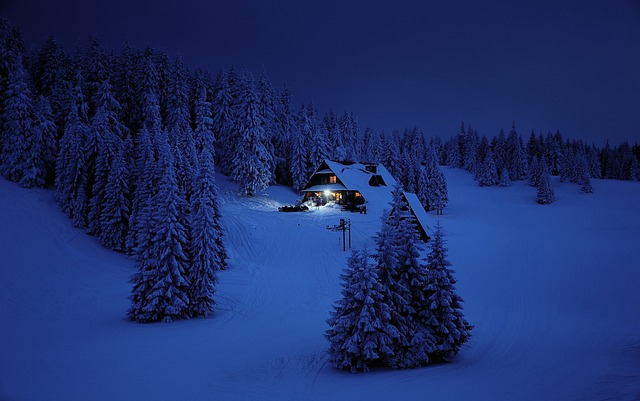
When selecting a flashlight for home use, efficiency and reliability are paramount. High-quality flashlights designed for domestic settings often feature battery-efficient LED technology that offers a balance between brightness and longevity. For instance, models like the Olight S10 Baton II and the Streamlight ProTac HL USB are highly recommended. The Olight S10 Baton II stands out with its magnetic charging capability and side switch interface, providing a user-friendly experience. Its LED emits up to 1200 lumens, ample for various tasks around the house, and its compact design ensures it’s always ready for use. The Streamlight ProTac HL USB, on the other hand, offers a broader range of lighting options with five different modes, including a high output mode that delivers 500 lumens. Both models are built to last, with durable construction and impact resistance, making them suitable for both everyday tasks and emergencies. Their battery-efficient performance means they can be left on standby without frequent battery changes, an essential feature for home use where they might be stored for extended periods. These top flashlights for home use combine functionality with energy efficiency, ensuring that when the need arises, users have a reliable source of illumination at their fingertips.
Innovations in LED Technology and Their Impact on Battery Efficiency

Innovations in LED technology have significantly advanced in recent years, leading to more energy-efficient and long-lasting lighting solutions for home use. One key development is the enhancement of light output per watt, which means that LED flashlights for homes are now capable of providing brighter illumination without consuming excessive power. This efficiency is particularly beneficial for battery-operated devices as it extends the operational time between charges or replacements. The lifespan of LEDs has also improved, with some models offering up to 100,000 hours of use, which translates to years of reliable lighting without frequent battery changes. Moreover, the adoption of LED technology in flashlights has been bolstered by its ability to produce a wide spectrum of light colors and intensities, catering to various applications within the home, from task-specific lighting to ambient illumination.
The impact of these advancements on battery efficiency is substantial. High-efficiency LEDs require less power to deliver the same amount of light as traditional bulbs, which means that batteries, whether rechargeable or disposable, last longer and are more cost-effective over time. This extends beyond flashlights; it affects all forms of home lighting, from under-cabinet lights to emergency backup systems. The reduced energy consumption also aligns with broader sustainability goals, as it minimizes the environmental impact associated with battery production and disposal. As a result, LED technology is not just a step forward in home lighting but also a commitment to more sustainable living practices.
Strategies for Maximizing the Lifespan of Your Home Flashlights
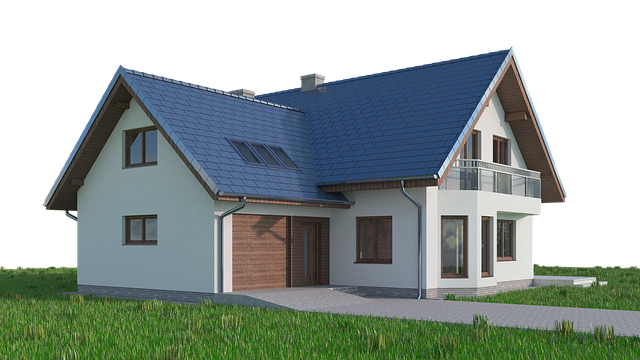
When incorporating battery-efficient lights, such as flashlights for home use, into your household’s preparedness plan, prioritizing their longevity is key. To maximize the lifespan of your home flashlights, begin by selecting high-quality models with superior build and design quality. These flashlights often feature durable materials that resist wear and tear, ensuring they perform reliably over time. Regular maintenance, such as checking seals on battery compartments and cleaning contacts, can prevent premature battery drain and extend the operational life of your flashlight. Additionally, using the correct type and brand of batteries recommended by the manufacturer is crucial for optimal performance and longevity. Storing batteries at room temperature when not in use and removing them from the flashlight after prolonged storage can further protect against battery degradation and corrosion.
Moreover, adopting a routine of replacing batteries before they become completely discharged, as indicated by many flashlights for home use which have low-battery indicators, can prevent strain on the flashlight’s circuitry. It’s also wise to rotate your flashlights into use periodically, especially those kept in storage, to ensure their components remain supple and functional. By following these strategies, you can maintain the effectiveness of your home flashlights and rely on them for years to come during unexpected power outages or as a supplementary light source in various household applications.
Creating a Comprehensive Lighting Plan for Energy Savings at Home

Crafting an effective lighting plan within your home can significantly contribute to energy savings and overall battery efficiency, especially when incorporating flashlights for home use. To initiate this process, assess the areas in your residence that receive natural light throughout different times of the day. Utilize these spaces during daylight hours to reduce reliance on artificial lighting, thereby conserving battery power. When evening approaches or in rooms with limited window access, strategically place energy-efficient LED lamps or lights, which offer a balance between brightness and energy consumption. Position these lights to maximize their effect while minimizing shadowed areas.
Flashlights for home use are an indispensable component of any comprehensive lighting plan. They serve as a practical solution for directing light exactly where it’s needed, without wasting energy that conventional room lighting might entail. Selecting high-quality flashlights with long-lasting batteries ensures readiness for power outages or when illuminating specific tasks or areas. Additionally, by using flashlights judiciously, you can avoid the unnecessary lighting of entire rooms. Incorporate LED flashlights into your emergency kit and consider their use during nighttime activities or as a focused light source for tasks such as reading or working on intricate projects. This dual approach to home lighting—combining ambient LED lighting with targeted flashlight illumination—can lead to substantial energy savings and an eco-friendly household environment.
In wrapping up our exploration of energy-efficient lighting solutions within the home, it’s clear that flashlights designed for domestic use stand out as a versatile and prudent choice. Their portability and efficiency make them an indispensable component of any comprehensive lighting strategy aimed at reducing energy consumption. The key features of top-tier battery-efficient flashlights, powered by advancements in LED technology, ensure longevity and reliability, providing ample illumination for a myriad of tasks around the house. By thoughtfully integrating these devices into your lighting plan and employing strategies to maximize their lifespan, homeowners can achieve significant energy savings. It’s evident that flashlights for home use are more than just tools for darkness; they represent a commitment to sustainability and smart living.
